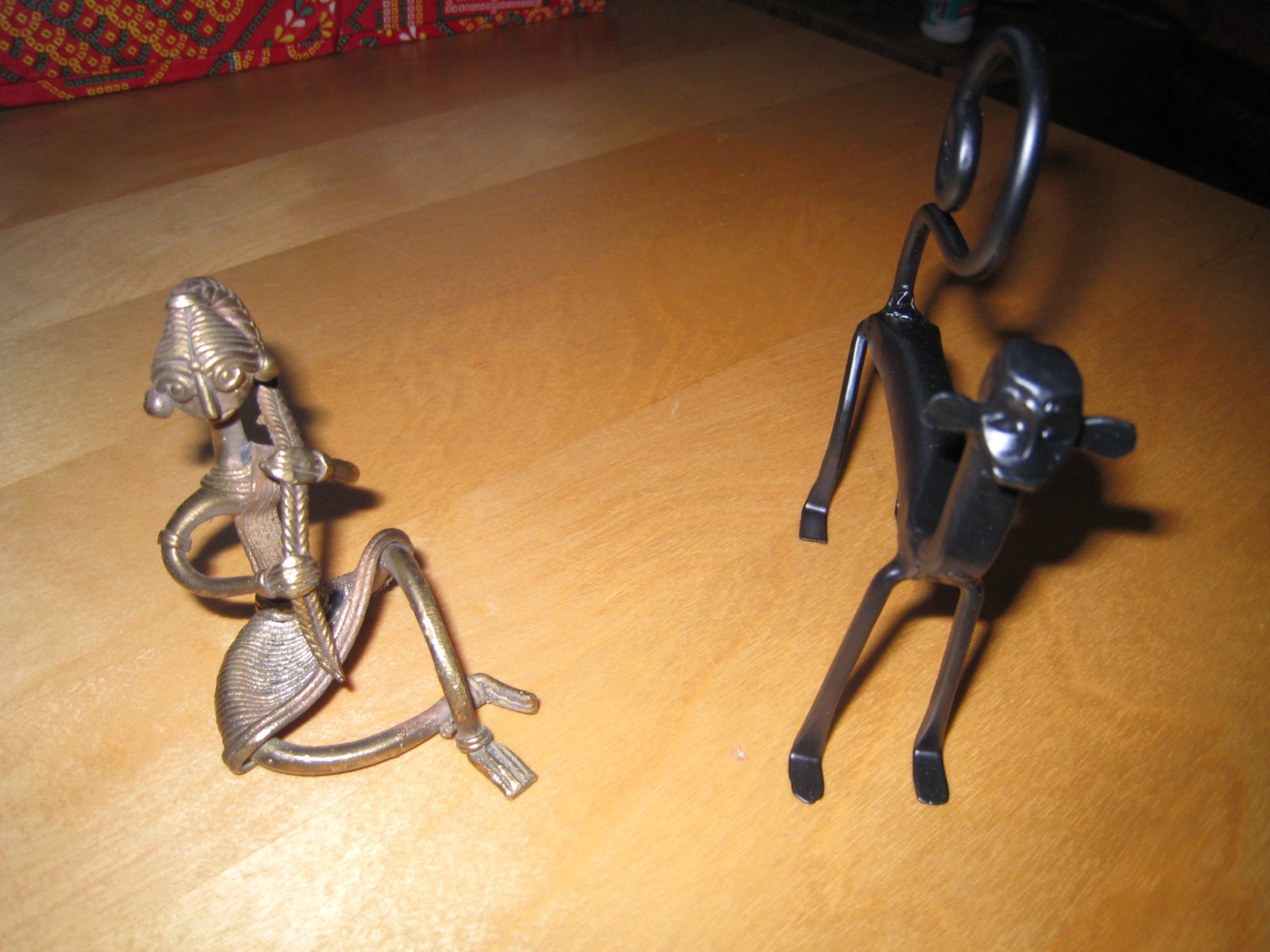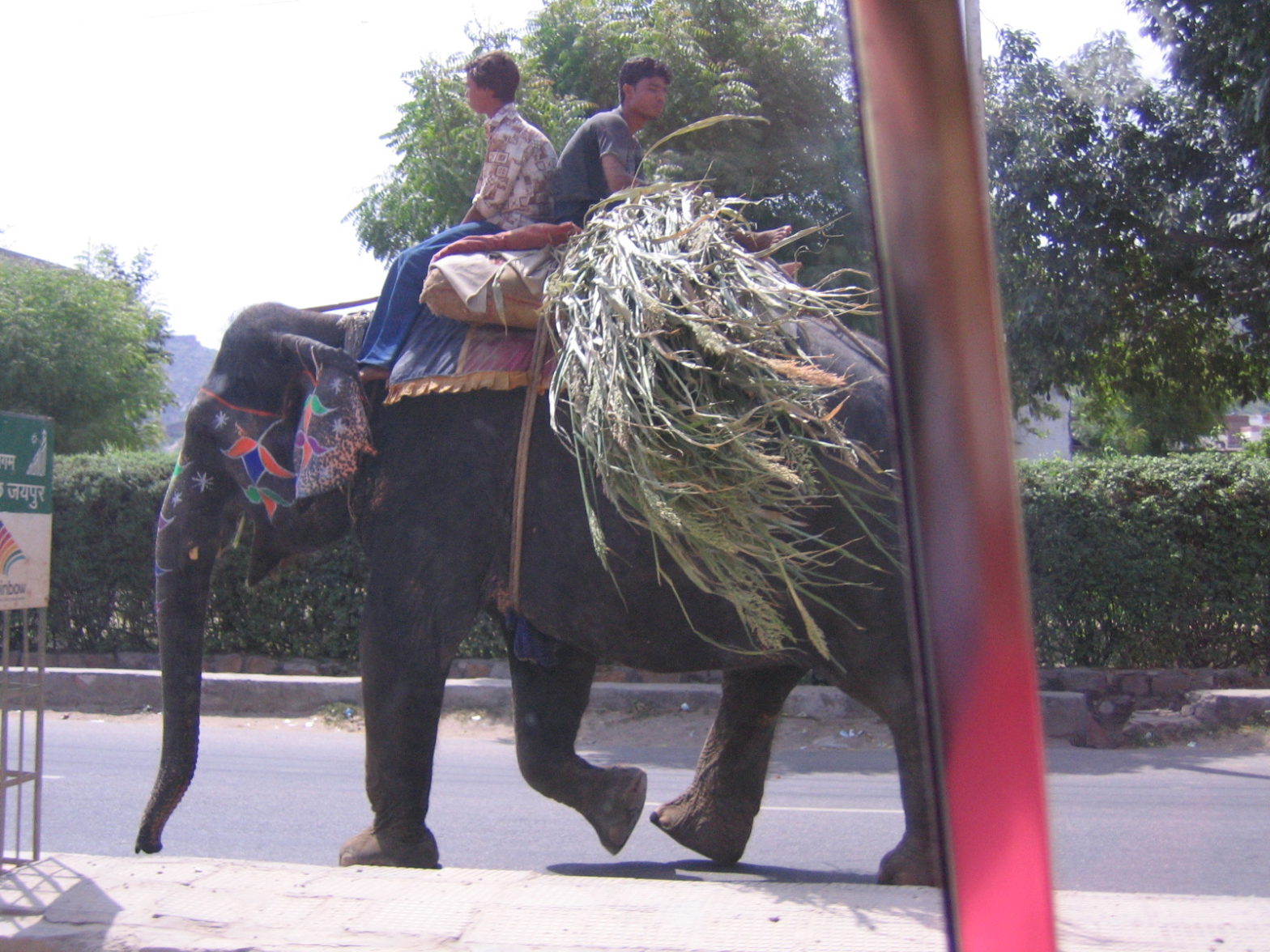You might also like: No related posts.
Tag: India travel
The Crafts Museum in Delhi
Sunday, my last day in India, I hired a car to go into central Delhi, where I visited the Crafts Museum (on the advice of friend and commenter Alice). The collection is very interesting, some of it so beautiful and well made that I had to wonder where one draws the line between “handicrafts” and… Continue reading The Crafts Museum in Delhi
Jaipur Transportation
Various forms of transportation in Jaipur. Missing: horse tonga (carriage), horse cart, donkey cart, human-pulled cart. You might also like: No related posts.
English Words in Devnagiri (Hindi) Script
Few shop signs in Jaipur are written in the Roman alphabet, even when they contain English words – all the words are transliterated into Hindi. This is not a rare phenomenon in India, but I’ve never seen it on this scale anywhere else. I amused myself filming a few and pronouncing the words as written.… Continue reading English Words in Devnagiri (Hindi) Script

